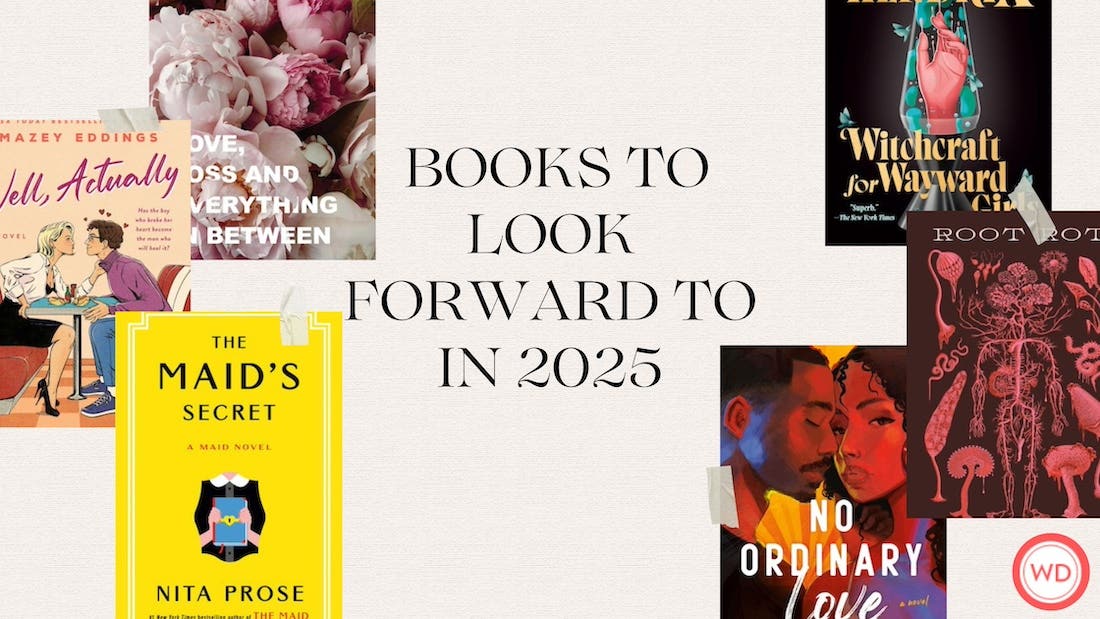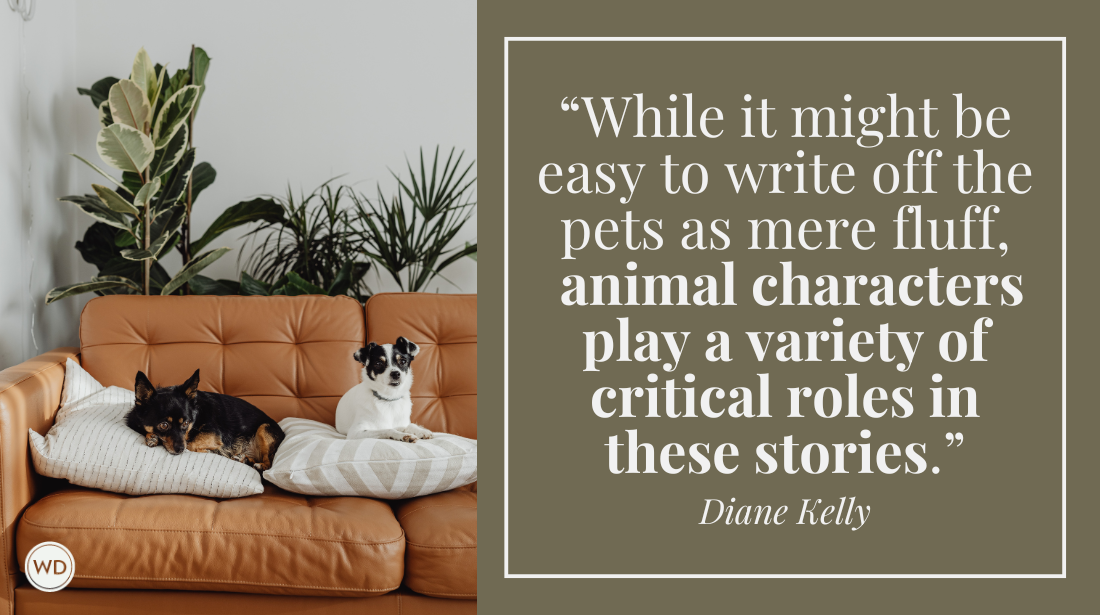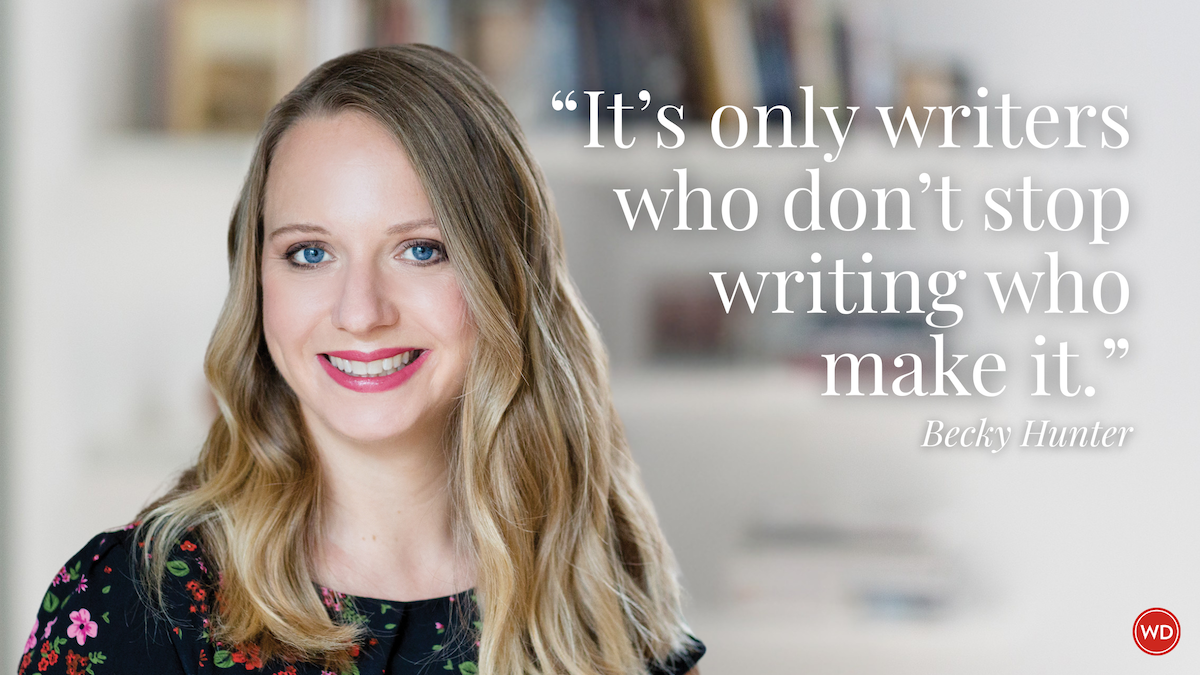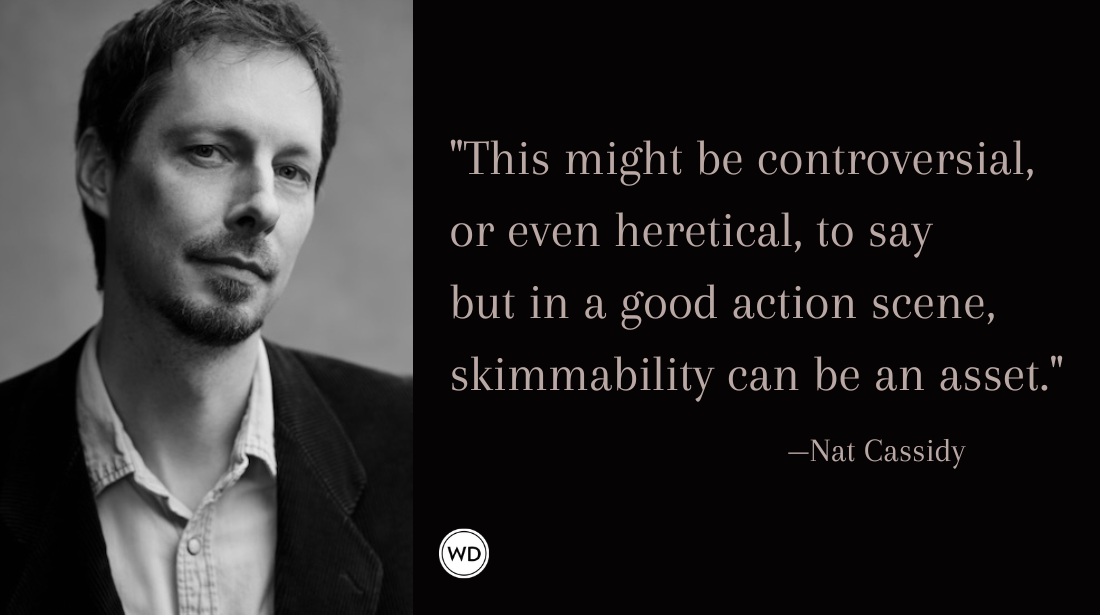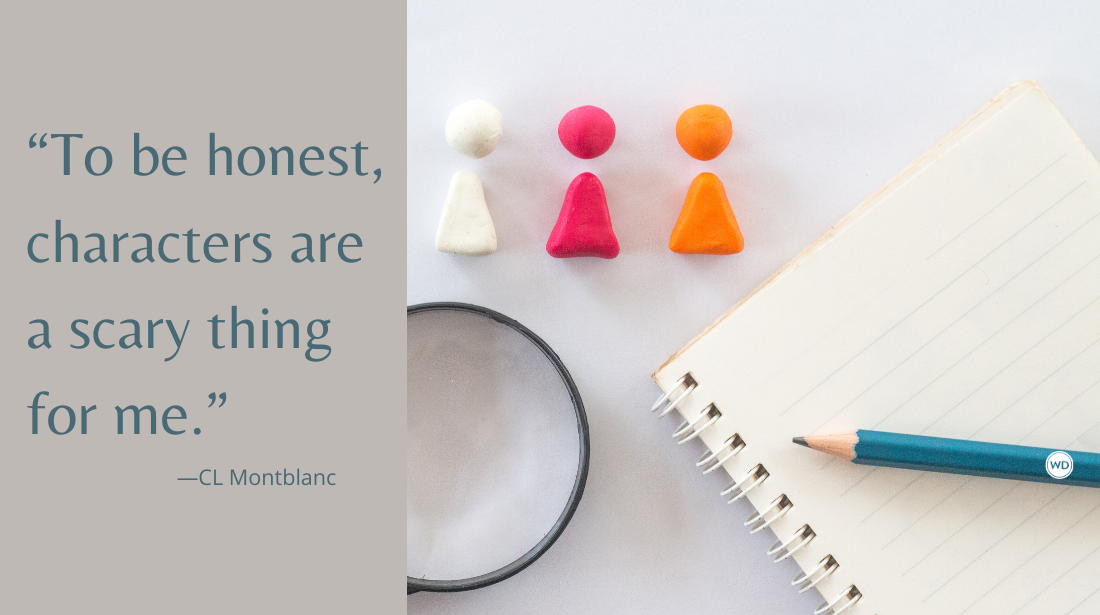How to Improve Your Writing: Subplots and Subtext
Subplots and subtext are two different sub sandwiches on the story menu, and as the chef, you need to grill them up strategically.
Creating a story line that is subordinate to—but related to—the primary plotline, a background story that centers on the character’s inner demons, is great fodder for a subplot. Because when subplot focuses on the hero’s inner demons, it can also quickly become subtext. And subtext is a wonderful thing in storytelling.
Subplots and subtext are two different sub sandwiches on the story menu, and as the chef, you need to grill them up strategically.
—by Larry Brooks, author of Story Physics: Harnessing the Underlying Forces of Storytelling
DEFINING SUBPLOT AND SUBTEXT
A subplot, from a character perspective, is a dramatic question that is answered over the course of the story: Will they fall in love? Will she get the job? Will they be disinherited? Will they live or die? Will they have sex before the ship sinks? And so on.
Subtext is the existence of some social, psychological, economic or other situational pressure that defines and influences the characters, such as social class, politics or career factors. A newly elected politician in Washington, for example, must navigate the chilly waters of political etiquette, expectations and party lines in every aspect of her work—that’s classic subtext in play.
If the story is a thriller, the subplot might concern the hero’s ability to commit to something or someone in the face of the pressures of impending life or death. This lack of commitment or even a lack of courage becomes subtext that infuses the plot with higher drama, because we know the hero must conquer these inner demons in order to stand a chance against the real-world antagonistic forces you’ve put before him.
If the story is a romantic comedy or a serious adult relationship drama, the hero may have been so focused on her career that she’s become awkward at personal relationships. This awkwardness, both relative to the primary plot and subplots, becomes subtext. The same inner demon that prevents her from committing to another human being might also prevent her from committing to a course of action that could solve the primary problem presented in the main plot. Or better yet, the primary plot could depend on her ability or inability to connect with someone in a way that calls for blind trust and loyalty.
If the story is already a love story, the inner realm of personal obstacles can become the primary source of the story’s drama, while any exterior conflict is relegated to subplot. For example, one of the parties gets transferred to the opposite coast to keep her career moving forward, thus forcing a choice. Or, one of the families in a love story might bring class prejudice to bear upon the budding relationships, thus becoming the primary conflict in the main plotline. In this case you’ve just clobbered us with subtext of a thematic nature that informs and influences the outward-facing drama.
The primary plot of Titanic, for example, was a love story that was forbidden because of social class distinctions, thus infusing the story with subtext concerning the class struggle that defined every relationship on board the doomed ship. The sinking ship itself was reduced to the role of subplot because we all knew what would happen.
However, you could argue that it was the other way around—that the sinking ship was the main event, and the love story was secondary—but it doesn’t really matter. Both plotlines were saturated with subtext relating to social class.
SUBTEXT, THE MAIN PLOT AND SUBPLOTS
A subplot is usually much simpler and less obvious than the primary story line. When it limits the character’s choices and influencing behaviors, it eventually and successfully links to the main plot.
For example, a character’s inner demon could easily influence her response to the arrival of the story’s primary conflict at the First Plot Point (the inciting incident). In fact, it absolutely should. And when it does it becomes subtext fueling the primary story line.
If someone is painfully shy, and the First Plot Point finds her suddenly promoted to a management position, her shyness informs her response to this new journey, and in a way that throws up yellow and red flags at every turn. The primary story line might hinge on her ability to save the company from ruin, or expose the larcenous ways of the boss. Regardless, the main story line will be informed by the subtext of the character’s crippling shyness.
In this example, our hero should be well on her way to conquering that shyness (it’s still subtext) right up until the story’s Second Plot Point, which launches the final push toward the story’s conclusion. She may need to confront the board of directors to expose the illegal agenda of the same upper management that promoted her, and it is the very fact of her shyness, in contrast to the egotistical bluster of her peers, that motivates the board to listen to her. Suddenly that inner demon isn’t just subplot but a major catalyst in the resolution of the primary story line. Will she be bold and take the risks necessary to do what must be done? The answer resides at the collision between subplot and primary plot, and in the shadow of subtext.
Or, sometimes the subplot can be completely separate. In that case, character arc needs to be demonstrated across both plotlines, and the more behaviorally intertwined, the better.
CHARACTER SUBTEXT AT WORK
In the hit TV show “Burn Notice,” Michael Westen is an intelligence agent who is constantly working to uncover who burned him—basically making him persona non grata within his profession—while addressing the plot-of-the-day (episode), which is always an empathy-inducing save-the-innocent scenario toward which he contributes his substantial spy skills.
The main plot is how Michael solves the case of the moment. The subplots are his romantic relationship with his trigger-happy sidekick, and whether the local police will stop him before he nails the bad guys using less-than-legal means. The subtext is his ongoing status as a burned spy for some unnamed government agency, which at the end of the day is the primary plot of the series itself.
The latter is also a subplot. Yes, subtext can become subplot, and vice versa. Don’t sweat this. Just understand what the elements are, and let it rip.
It’s easy to conclude that you have many options here. A full-blown matrix of them, in fact, with three different variables—plot, subplot and subtext—all in simultaneous play. This is literary juggling at its finest and most challenging.
SUBPLOT IN ACTION
In The Cider House Rules by John Irving, the subplot is Homer’s ability to hook up with Candy romantically. Will they or won’t they? Stay tuned as the main plotline unfolds. The subtext of the story is the ever-present issue of right to life and abortion, and the pressures it puts on the characters.
In this case, subplot is character, subtext is theme. This is a familiar paradigm, one you should pay attention to and apply.
In Top Gun, the subplot is the hero’s budding relationship with the ultra-hot flight instructor. Again, stay tuned, because hijinks ensue. The main plot—admittedly weak—is some conglomeration of whether the hero would wash out (this being the link between the main plot and the subtext) before he can save the day from an impending attack by bad guys.
The subtext of Top Gun, however, isn’t really a question at all, but an influencing pressure: The hero lives under the dark shadow of a disgraced military father, nobody likes or respects him, and it pushes him toward irresponsibility and bravado to the point of risking his career and the lives of his teammates.
The writer’s challenge is to understand the differences between plot, subplot and subtext, and then master them—and more importantly, plan and work with them—from a character perspective. When you do, you have everything in place to make your hero’s character arc both bold and profound.
************
Follow me on Twitter: @BrianKlems
Check out my humor book, Oh Boy, You’re Having a Girl.
Sign up for my free weekly eNewsletter: WD Newsletter
Brian A. Klems is the former Senior Online Editor of Writer’s Digest, and author of Oh Boy, You’re Having a Girl (Adams Media/Simon & Schuster). Follow him on Twitter @BrianKlems.



